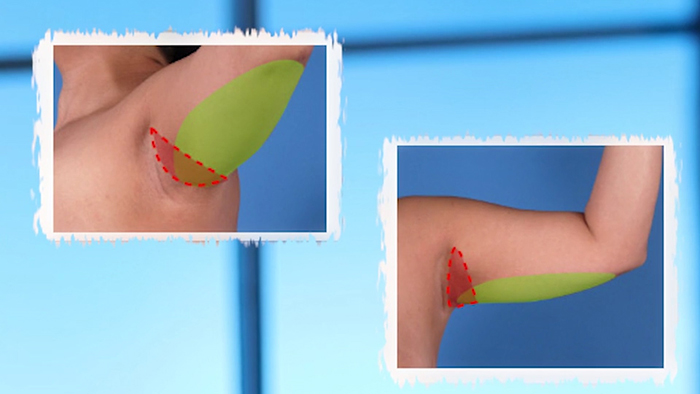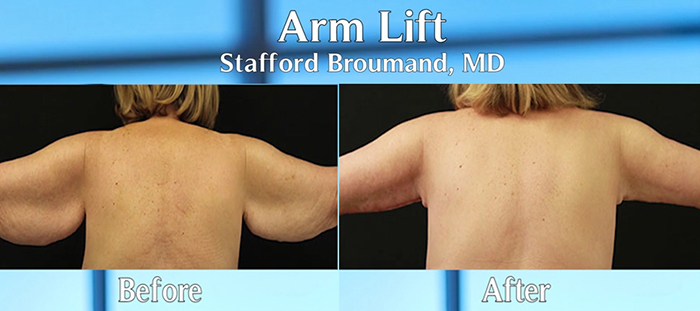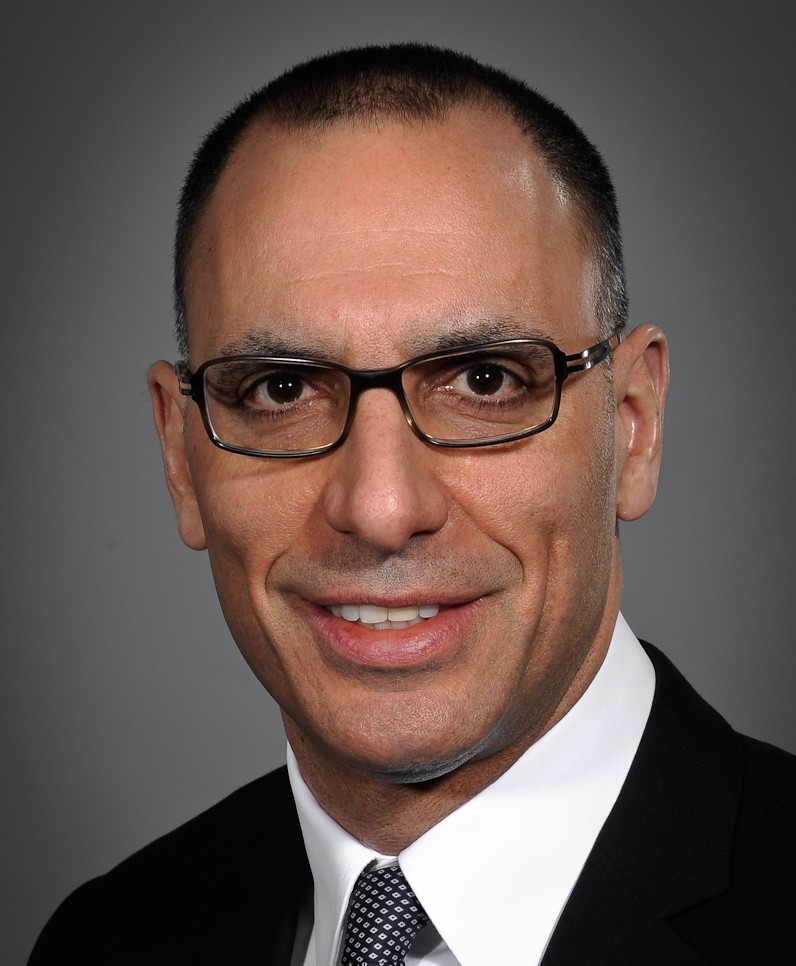Mention “arm lift” and it’s inevitable – someone will scoff and suggest a better investment may be a personal trainer and a set of dumbbells. On one hand, it’s true that exercise and strength training will work to tone the muscles in your arms. Muscle tone can, however, be hidden beneath layers of loose skin and exercise resistant fat.
This is very often the case when someone undergoes massive weight loss. “A typical arm lift patient is someone who has had significant weight loss,” says Dr. Stafford Broumand of 740 Park Avenue Plastic Surgery in New York City. If you are reaping the health benefits that accompany a successful weight loss journey, but are left with “wings” instead of arms, surgery may be the next logical step in your transformation process. Understanding the surgical process and the trade-offs involved in arm lift surgery is the first step to deciding if the procedure is right for you.
You Don’t Need an Arm Lift if…
“There are some components to excess upper arm volume that liposuction can take care of,” explains Broumand. “If there’s enough skin elasticity, you’ll get some rebound of the skin, and you won’t have the excess upper arm volume.”
If fullness in your upper arms is your primary concern, liposuction may be an option. Undergoing liposuction alone can help you achieve a thinner arm without requiring the scars that accompany a traditional arm lift procedure. It’s important to be aware of the fact that liposuction removes fat, but it does not remove – or tighten – skin.
Procedures that Requires a Professional Assessment
When a patient approaches Dr. Broumand for help improving the contour of their arms, he spends time during the consultation carefully assessing their anatomy to create an individualized surgical approach. “There are several operations we can do to make the arm look better,” he shares.
A careful assessment answers these questions:
- Extra skin?
- Extra fat?
- Is it a result of weight gain?
- Is it a result of weight loss?
There is No “One Size Fits All” Arm Lift
Any surgical procedure that removes excess skin and fat from the arms is referred to as a brachioplasty, the medical term for an arm lift. The procedure varies person-to-person as the placement of the scar, the length of the scar, the amount of fat and skin removed are all tailored to the patient’s specific needs and goals.
In the Operating Room
During most arm lift procedures, surgeons begin by performing liposuction to thin the upper arm. Next, an incision is made along the lower side of the arm to remove loose, excess arm skin. The remaining skin is then closed securely with a row of sutures to provide a smooth, toned and tight arm contour.
All About Scars
It is a fact – anytime skin is surgically removed from a body, a scar results. The severity of the scar varies, as each body is unique when it comes to how scars heal. For some, scars remain red and swollen for months. Others notice scars beginning to recede in a few short weeks. With patience, most scars continue to fade and become less noticeable over time.
Arm lift scars are routinely placed on the underside of the arm. This placement is chosen so that after surgery, when the arm is flat against the body, no scar is visible.
In order to maximize tightening of the upper arm, skin is typically excised from the armpit area in a scar that continues to extend lengthwise down the inside of the arm to just above the elbow. For some patients, the incision can be kept shorter, allowing a shorter sleeve shirt to hide the scar completely.
Is the Scar Really Worth the Results?
For most weight loss patients, the answer is a resounding yes. “The reality is, they’ve come in after having had massive weight loss, and for them scarring is not so much the issue,” says Dr. Broumand. “The issue is that they can’t fit into clothing, they can’t wear necessarily a short sleeve because of the excess skin, so for them scarring is less important than getting the volume reduction.”
Recovery
After undergoing an arm lift, patients experience some swelling and bruising. This initial swelling and bruising generally lasts several weeks. Dr. Broumand recommends that his arm lift patients avoid strenuous activity for the first few weeks. He does, however, encourage most patients to return to normal, non-strenuous activities after the first week.
Improved contour of the arm can be seen immediately after surgery, and will continue to improve as swelling resolves during the early post-operative recovery period. Arm lift results tend to be very long lasting. As long as patients avoid any major fluctuations in weight – weight gain or weight loss, they can expect to enjoy the results for many years if not the rest of their lives.



















Facebook
Twitter
Instagram
YouTube
RSS